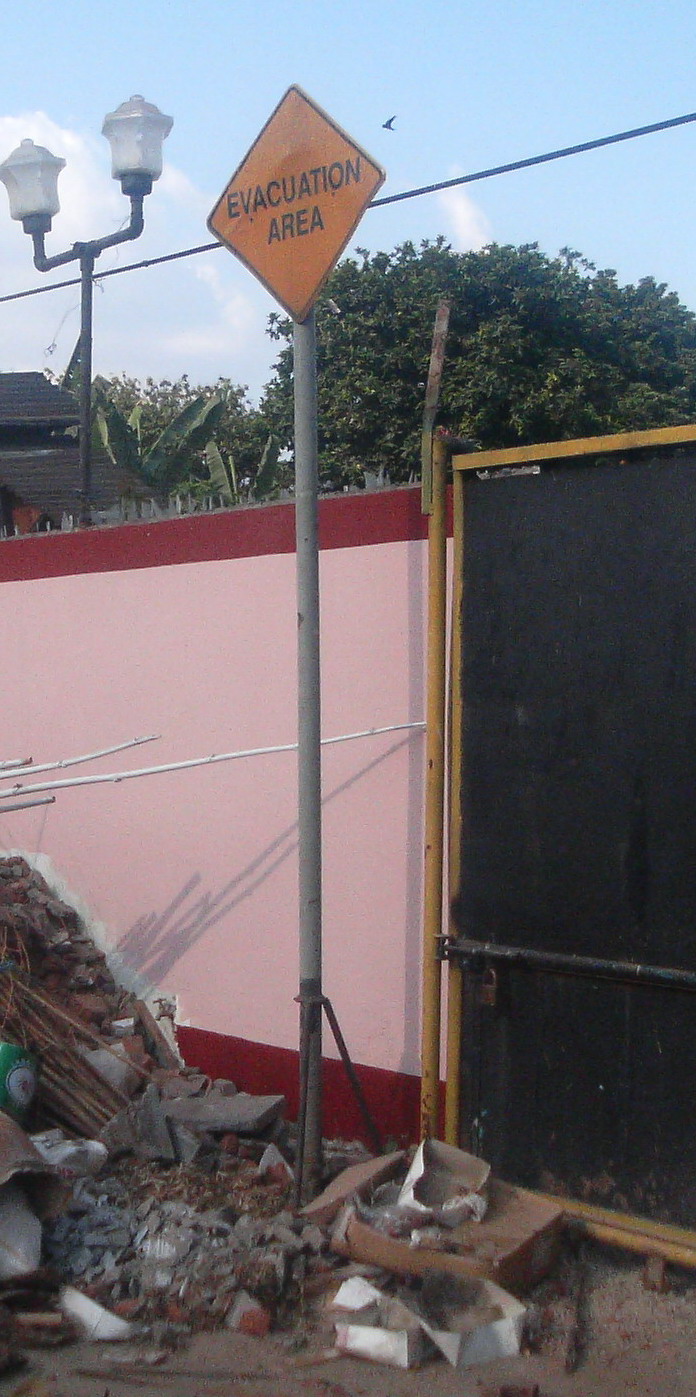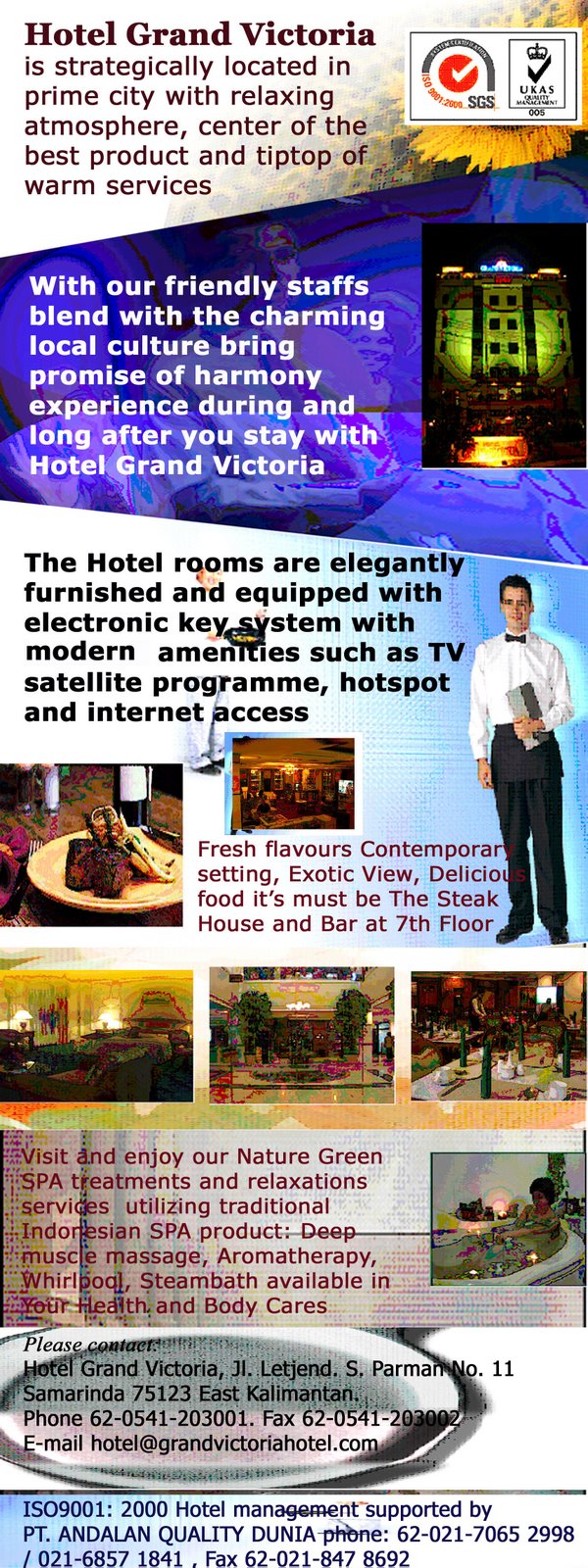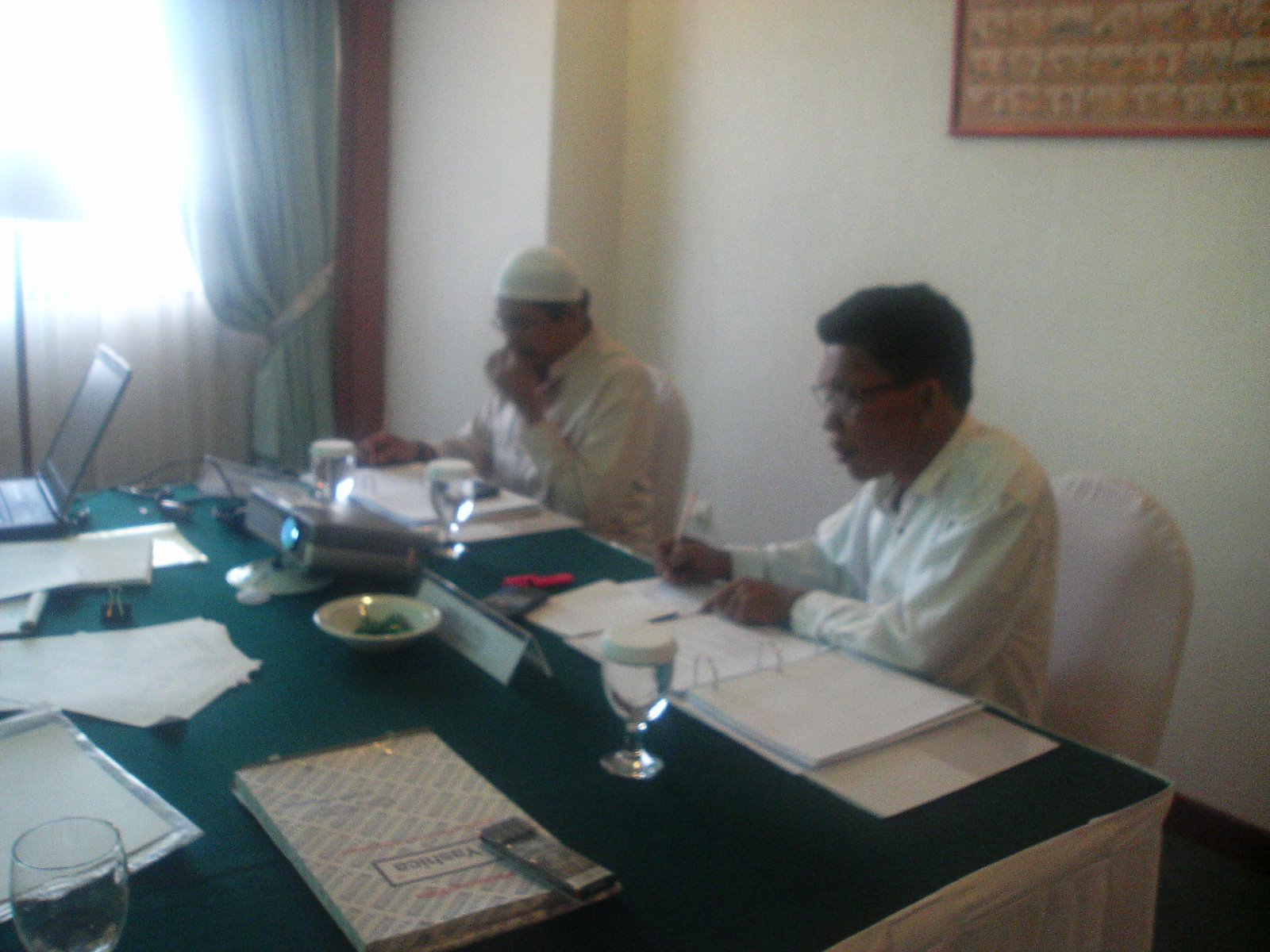ISO/TC 176 N660
TECHNICAL ISO/TS
SPECIFICATION 16949
Second edition
2002 03 01
© ISO 2002
All rights reserved. Unless otherwise specified, no part of this publication may be reproduced or utilized in any form or by any means, electronic or mechanical, including photocopying and microfilm, without permission in writing from the publisher.
International Organization for Standardization
Case postale 56 • CH 1211 Genève 20
Switzerland
Internet iso@iso.ch
The content inside the boxed text of this document is ISO 9001:2000 text and is protected by the above copyright statement.
The text outside the boxes has been originated by the International Automotive Task Force. Copyright for this text is held by ANFIA, CCFA/FIEV, SMMT, VDA (see below) and the car manufacturers DaimIerChrysler A.G., Ford Motor Company, General Motors Corp..
Neither this Technical Specification nor any extract from it may be reproduced in a retrieval system or transmitted in any form or by any means, electronic, photocopying, recording or otherwise without prior written permission being secured.
Requests for permission to reproduce and/or translate non boxed text should be addressed to one of the addresses below:
International Automotive Oversight Bureau (IAOB/USA)
Associazione Nazionale Fra Industrie Automobilistiche (ANFIA/Italy)
Comite des Constructeurs Français d'Automobiles (CCFA/France)
Fédération des Industries des Equipements pour Véhicules (FIEV/France)
Society of Motor Manufacturers and Traders (SMMT/UK)
Verband der Automobilindustrie Qualitatsmanagement Center (VDA OMC/Germany)
Contents
Contents ii
Foreword vi
Remarks for certification vii
Introduction viii
0.1 General viii
0.2 Process approach viii
0.3 Relationship with ISO 9004 x
0.3.1 IATF Guidance to ISO/TS 16949 : 2002 x
0.4 Compatibility with other management systems x
0.5 Goal of this Technical Specification x
Quality management systems Automotive suppliers Particular requirements for
the application of ISO 9001:2000 1
1 Scope 1
1.1 General 1
1.2 Application 1
2 Normative reference 2
3 Terms and definitions 2
3.1Terms and definitions for the automotive industry 2
4 Quality management system 5
4.1 General requirements 5
4.2 Documentation requirements 5
4.2.1 General 5
4.2.2 Oualitv manual 6
4.2.3 Control of documents 6
4.2.3.1 Engineering specifications 7
4.2.4 Control of records 7
4.2.4.1 Records retention 7
5 Management responsibility 7
5.1 Management commitment 7
5.1.1 Process efficiency 8
5.2 Customer focus 8
5.3 Quality policy 8
5.4 Planning 8
5.4.1 Oualitv objectives 8
5.4.1.1 Quality objectives Supplemental 8
5.4.2 Ouality management system planning 9
5.5 Responsibility, authority and communication 9
5.5.1 Responsibility and authority 9
5.5.1.1 Responsibility for quality 9
5.5.2 Management representative 9
5.5.2 1 Customer representative 10
5.5.3 Internal communication 10
5.6 Management review 10
5.6.1 General 10
5.6.1.1 Quality management system performance 10
5.6.2 Review input 10
5.6.2.1 Review input Supplemental 11
5.6.3 Review output 11
6 Resource management 11
6.1 Provision of resources 11
6.2 Human resources 11
6.2.1 General 11
6.2.2 Competence, awareness and training 12
6.2.2.1 Product design skills 12
6.2.2.2 Training 12
6.2.2.3 Training on the job 12
6.2.2.4 Employee motivation and empowerment 12
6.3 Infrastructure 12
6.3.1 Plant, facility and equipment planning 13
6.3.2 Contingency plans 13
6.4 Work environment 13
6.4.1 Personnel safety 13
6.4.2 Cleanliness of premises 13
7 Product realization 13
7.1 Planning of product realization 13
7.1.1 Planning of product realization Supplemental 14
7.1.2 Acceptance criteria 14
7.1.3 Confidentiality 14
7.1.4 Change control 14
7.2 Customer related processes 15
7.2.1 Determination of requirements related to the product 15
7.2.1.1 Customer designated special characteristics 15
7.2.2 Review of requirements related to the product 15
7.2.2.1 Organization manufacturing feasibility 16
7.2.3 Customer communication 16
7.2.3.1 Customer communication Supplemental 16
7.3 Design and development 16
7.3.1 Design and development planning 16
7.3.1.1 Multidisciplinary approach 17
7.3.2 Design and development inputs 17
7.3.2.1 Product design input 17
7.3.2.2 Manufacturing process design input 17
7.3.2.3 Special characteristics 17
7.3 3 Design and development outputs 18
7.3.3.1 Product design outputs Supplemental 18
7.3.3.2 Manufacturing process design output 18
7.3.4 Design and development review 19
7.3.4.1 Monitoring 19
7.3.5Design and development verification 19
7.3.6 Design and development validation 19
7.3.6.1 Design and development validation Supplemental 19
7.3.6.2 Prototype programme 20
7.3.6.3 Product approval process 20
7.3.7 Control of design and development changes 20
7.4 Purchasing 20
7.4.1 Purchasing process 20
7.4.1.1 Regulatory compliance 21
7.4.1.2 Supplier quality management system development 21
7.4.1.3 Customer approved sources 21
7.4.2 Purchasing information 21
7.4.3 Verification of purchased product 21
7.4.3.1 Incoming product quality 22
7.4.3.2 Supplier monitoring 22
7.5 Production and service provision 22
7.5.1 Control of production and service provision 22
7.5.1.1 Control plan 22
7.5.1.2 Work instructions 23
7.5.1.3 Verification of job set ups 23
7.5.1.4 Preventive and Predictive maintenance 23
7.5.1.5 Management of production tooling 23
7.5.1.6 Production scheduling 24
7.5.1.7 Feedback of information from service 24
7.5.1.8 Servicing agreement with customer 24
7.5.2 Validation of processes for production and service provision 24
7.5.2.1 Validation of processes for production and service provision Supplemental 24
7.5.3 Identification and traceability 24
7.5.3.1 Identification and traceability Supplemental 25
7.5.4 Customer property 25
7.5.4.1 Customer owned production tooling 25
7.5.5 Preservation of product 25
7.5.5.1 Storage and inventory 25
7.6 Control of monitoring and measuring devices 26
7.6.1 Measurement system analysis 26
7.6.2 Calibration records 26
7.6.3 Laboratory requirements 27
7.6.3.1 Internal laboratory 27
7.6.3.2 External laboratory 27
8 Measurement, analysis and improvement 27
8.1 General 27
8.1.1 Identification of statistical tools 28
8.1.2 Knowledge of basic statistical concepts 28
8.2 Monitoring and measurement 28
8.2.1 Customer satisfaction 28
8.2.1.1 Customer satisfaction Supplemental 28
8.2.2 Internal audit 28
8.2.2.1 Quality management system audit 29
8.2.2.2 Manufacturing process audit 29
8.2.2.3 Product audit 29
8.2.2.4 Internal audit plans 29
8.2.2.5 Internal auditor qualification 29
8.2.3 Monitoring and measurement of processes 29
8.2.3.1 Monitoring and measurement of manufacturing processes 30
8.2.4 Monitoring and measurement of product 30
8.2.4.1 Layout inspection and functional testing 31
8.2.4.2 Appearance items 31
8.3 Control of nonconforming product 31
8.3.1 Control of nonconforming product Supplemental 31
8.3.2 Control of reworked product 31
8.3.3 Customer information 32
8.3.4 Customer waiver 32
8.4 Analysis of data 32
8.4.1 Analysis and use of data 32
8.5 Improvement 32
8.5.1 Continual improvement 32
8.5.1.1 Continual improvement of the organization 33
8.5.1.2 Manufacturing process improvement 33
8.5.2 Corrective action 33
8.5.2.1 Problem solving 33
8.5.2.2 Error proofing 33
8.5.2.3 Corrective action impact 33
8.5.2.4 Rejected product test/analysis 34
8.5.3 Preventive action 34
Annex A 35
A.1 Phases of the control plan 35
A.2 Elements of the control plan 35
ISO 9001:2000 headings are normal type face, IATF headings are in italics
Foreword
ISO (the International Organization for Standardization) is a worldwide federation of national standards bodies (ISO member bodies). The work of preparing International Standards is normally carried out through ISO technical committees. Each member body interested in a subject for which a technical committee has been established has the right to be represented on that committee. International organizations, governmental and non governmental, in liaison with ISO, also take part in the work. ISO collaborates closely with the International Electrotechnical Commission (IEC) on all matters of Electrotechnical standardization.
International Standards are drafted in accordance with the rules given in the ISO/IEC Directives, Part 3.
Draft International Standards adopted by the technical committees are circulated to the member bodies for voting.
In other circumstances, particularly when there is an urgent market requirement for such documents, a technical committee may decide to publish other types of normative document:
an ISO Publicly Available Specification (ISO/PAS) represents an agreement between technical experts in an ISO working group and is accepted for publication if it is approved by 50 % of the members of the parent committee casting a vote;
an ISO Technical Specification (ISO/TS) represents an agreement between the members of a technical committee and is accepted for publication if it is approved by 2I3 of the members of the committee casting a vote.
An ISO/PAS or ISO/TS is reviewed every three years with a view to deciding whether it can be transformed into an International Standard.
ISO/TS 16949 : 2002 was prepared by the International Automotive Task Force (IATF) and Japan Automobile Manufacturers Association Inc. (JAMA), with support from ISO/TC 176, Quality management and quality assurance.
This second edition of ISO/TS 16949 cancels and replace the first edition (ISO/TS 16949:1999) , which has been technically revised.
Boxed text is original ISO 9001:2000 text. The sector specific supplemental requirements are outside the boxes.
In this Technical Specification, the word "shall" indicates requirements. Paragraphs marked "NOTE" are for guidance in understanding or clarifying the associated requirement. The word "should" appearing in a NOTE is for guidance only.
Where the term "such as" is used, any suggestions given are for guidance only.
Remarks for certification
The certification to this Technical Specification, including customer specific requirements if any, is recognized by the customers members of IATF when achieved according to the IATF certification scheme (see the "Rules for achieving IATF recognition").
Details can be obtained at the addresses of the local oversight bodies of IATF cited below:
Associazione Nazionale Fra Industrie Automobilistiche (ANFIA)
Web site: www.anfia.it e mail: anfia@anfia.it
International Automotive Oversight Bureau (IAOB)
Web site: www.iaob.org e mail: hhodder@iaob.org
Federation des Industries des Equipements pour Vehicules (FIEV)
Comite des Constructeurs Frangais d'Automobiles (CCFA)
Web site: www.iatf france.com e mail: iatf@iatf France.com
Society of Motor Manufacturers and Traders Ltd. (SMMT Ltd.)
Web site: www.smmt.co.uk e mail: quality@smmt.co.uk
Verband der Automobilindustrie (VDA) Qualitatsmanagement Center (QMC)
Web site: www.vda ctmc.de e mail: info@vda qmc.de
Introduction
0.1 General
ISO 9001:2000, Quality management systems Requirements Introduction
0.1 General
The adoption of a quality management system should be a strategic decision of an organization. The design and implementation of an organization's quality management system is influenced by varying needs, particular objectives, the products provided, the processes employed and the size and structure of the organization. It is not the intent of this International Standard to imply uniformity in the structure of quality management systems or uniformity of documentation.
The quality management system requirements specified in this International Standard are complementary to requirements for products. Information marked “NOTE” is for guidance in understanding or clarifying the associated requirement.
This International Standard can be used by internal and external parties, including certification bodies, to assess the organization's ability to meet customer, regulatory and the organization's own requirements.
The quality management principles stated in ISO 9001 and ISO 9004 have been taken into consideration during the development of this International Standard.
0.2 Process approach
ISO 9001:2000, Quality management systems – Requirements
0.2 Process approach
This International Standard promotes the adoption of a process approach when developing, implementing and improving the effectiveness of a quality management system, to enhance customer satisfaction by meeting customer requirements.
For an organization to function effectively, it has to identify and manage numerous linked activities. An activity using resources, and managed in order to enable the transformation of inputs into outputs, can be considered as a process. Often the output from one process directly forms the input to the next.
The application of a system of processes within an organization, together with the identification and interactions of these processes, and their management, can be referred to as the “process approach”.
An advantage of the process approach is the ongoing control that it provides over the linkage between the individual processes within the system of processes, as well as over their combination and interaction.
When used within a quality management system, such an approach emphasizes the importance of
a) understanding and fulfilling requirements,
b) the need to consider processes in terms of added value,
c) obtaining results of process performance and effectiveness, and
d) continual improvement of processes based on objective measurement.
The model of a process based quality management system shown in Figure 1 illustrates the process linkages presented in clauses 4 to 8. This illustration shows that customers play a significant role in defining requirements as inputs. Monitoring of customer satisfaction requires the evaluation of information relating to customer perception as to whether the organization has met the customer requirements. The model shown in Figure 1 covers all the requirements of this International Standard, but does not show processes at a detailed level.
NOTE In addition, the methodology known as "Plan Do Check Act" (PDCA) can be applied to all processes. PDCA can be briefly described as follows.
Plan: establish the objectives and processes necessary to deliver results in accordance with customer requirements and the organization's policies.
Do: implement the processes.
Check: monitor and measure processes and product against policies, objectives and requirements for the product and report the results.
Act: take actions to continually improve process performance.
Key
Value-adding activities
Information flow
Figure 1 Model of a process based quality management system
Sabtu, 12 Januari 2008
Langganan:
Posting Komentar (Atom)



























































Tidak ada komentar:
Posting Komentar